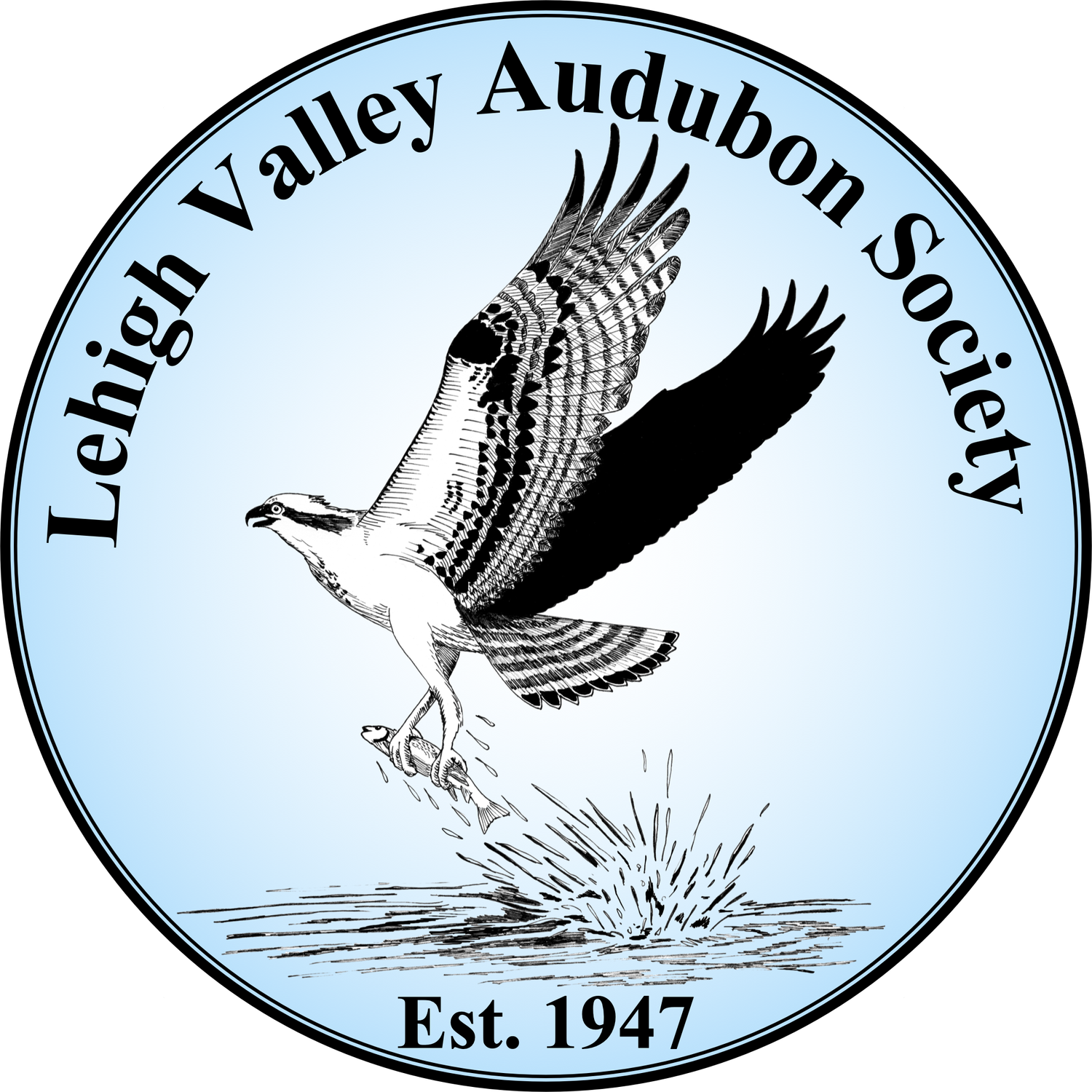How embarrassing. I made a wrong call and others had to correct me.
Have you shouted out the name of a bird. Everyone turns, looks, listens, and disagrees. That’s not a Swainson’s Thrush, that’s a Hermit Thrush. That happens to all of us. What happens next is what is important. Do you embrace it as a chance to learn or do you come up with excuses?
Just recently, exactly this happened to me. And not long after that the same thing happened again but this time the pair was Blackburnian Warbler and Black-and-White Warbler. And then Mourning Warbler and Kentucky Warbler. Does that make me a poor field birder? I’m sure it dents my reputation and other birders will hesitate to take my word for a fact. Which is a good thing. We should always ask why rather than agree to what the current authority figure says.
The silver lining in this is my chance to learn. What better way to learn than by trial and error? I remember best those times I was wrong and had to correct myself.
Rash Calls
Rushing to a name. This is a classic mistake. There are all kinds of reasons why. Impatience, trying to impress, and hearing and seeing what is expected rather than what is actually there. David Sibley has an article on the latter problem.
This is what happened to me as I called a Swainson’s Thrush and Barbara Malt asked ‘Really? Someone called a Hermit Thrush just before’. I hadn’t taken the time to actually listen. It took me a second to actually listen for the drawn out introductory note and then several seconds to grasp my mistake. Embarrassing? Yes, but incredibly good at reminding me to listen. Gently correcting or questioning, that’s what fellow birders help each other with. As the ‘other birder’ we don’t need to know more, just be curious and ask why.
Vegetation Modulated Sounds
Most bird song recordings are made with the microphone equivalent of super telephoto lenses. They record the bird exactly as it sounds as it sings. But that is a problem. We don’t hear what a bird sings, we hear what a bird sounds like from a distance. Only experience will teach us how the original sound changes via thick leaves, soft bogs, or rock walls.
This was my next mistake. I could only sometimes appreciate the high pitch of Blackburnian Warbler. At other times, it sounded low enough for being a Black-and-white Warbler. Since a Blackburnian Warbler can sing lots of different patterns on territory, the high pitch is very helpful.
Yet again Barbara Malt came to the rescue, questioned my call, and I had to convince myself of my mistake by finding the singing bird a couple of times. I still haven’t recovered from this mistake in the sense that I might make the same mistake again. Only more time in the Poconos will help.
Song Variations
Most birds sing many types of songs. There are geographic variations, variations to attract females versus pushing off other males, gender variations, age variations, and there are individual variations.
My third example of misidentification happened during a solo walk along the base of Kittatinny Ridge. I called my songster a Mourning Warbler and was happy with that. I had a nagging feeling that this was wrong but couldn’t see what was wrong with my identification.
Smartphone recordings are noisy but still good enough to match to professional sonograms like the ones in the Warbler Guide (Stephenson and Whittle). Note the repeating patterns with distinct pauses inbetween. Each pattern has a rising-falling note, falling note, and then a falling-rising note: ^ \ v
Being alone, I did make sure I got as good of a recording of the bird singing as possible. At home I could create a sonogram as well as listen to the song again and now with confidence see that it was a Kentucky Warbler singing. Not only could I now hear this less familiar song repeatedly but also see the sonogram match to a specific song type.
Learn From Your Mistakes
While you don’t have to punish yourself by publicizing your mistakes in the local newsletter, definitely take the chance to use that burning feeling of being wrong to remember what steered you wrong and figure out why it happened. Also, bird with others on occasion to help you recognize errors you would not notice otherwise. Next time, you will do better.
Chris Hugosson

